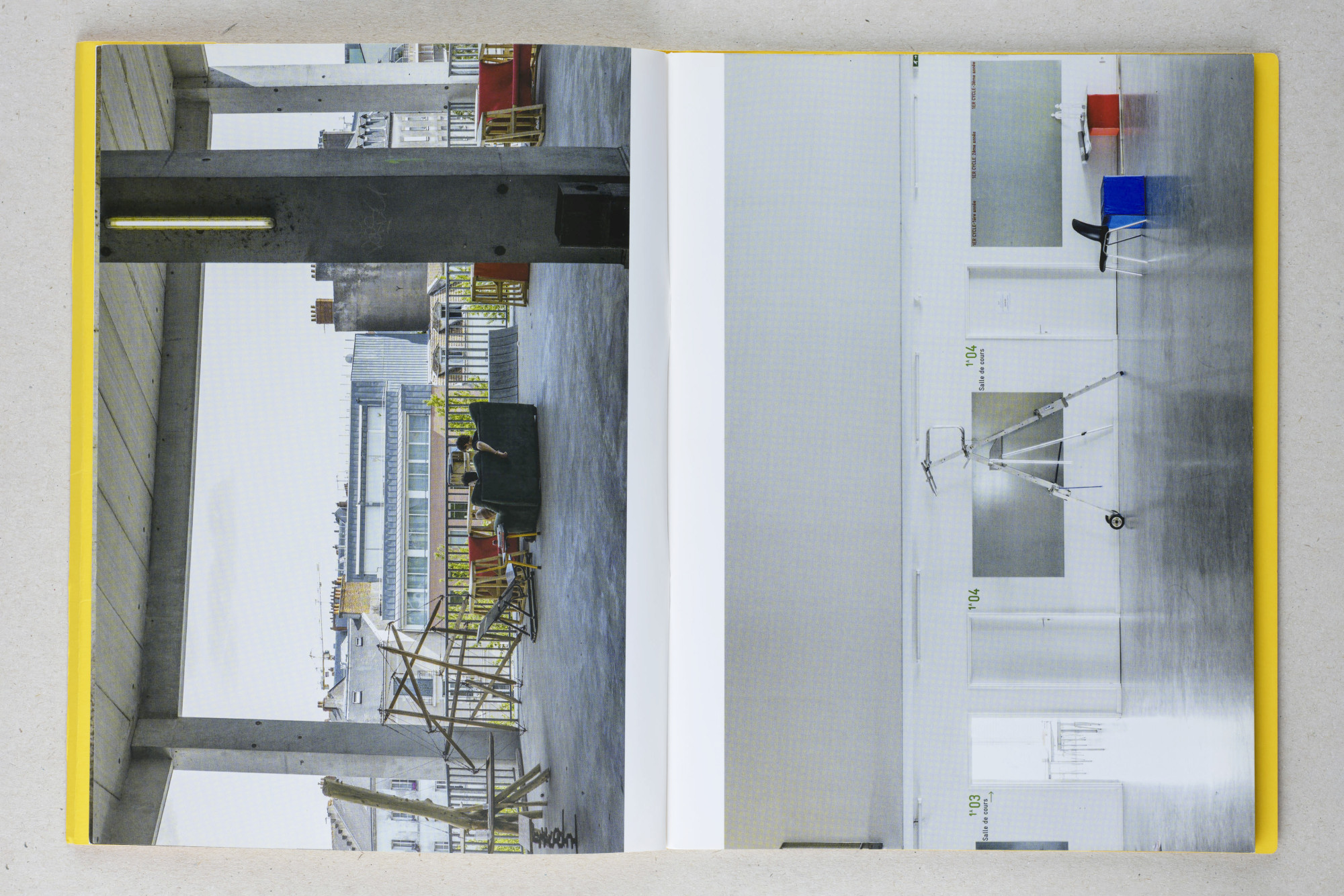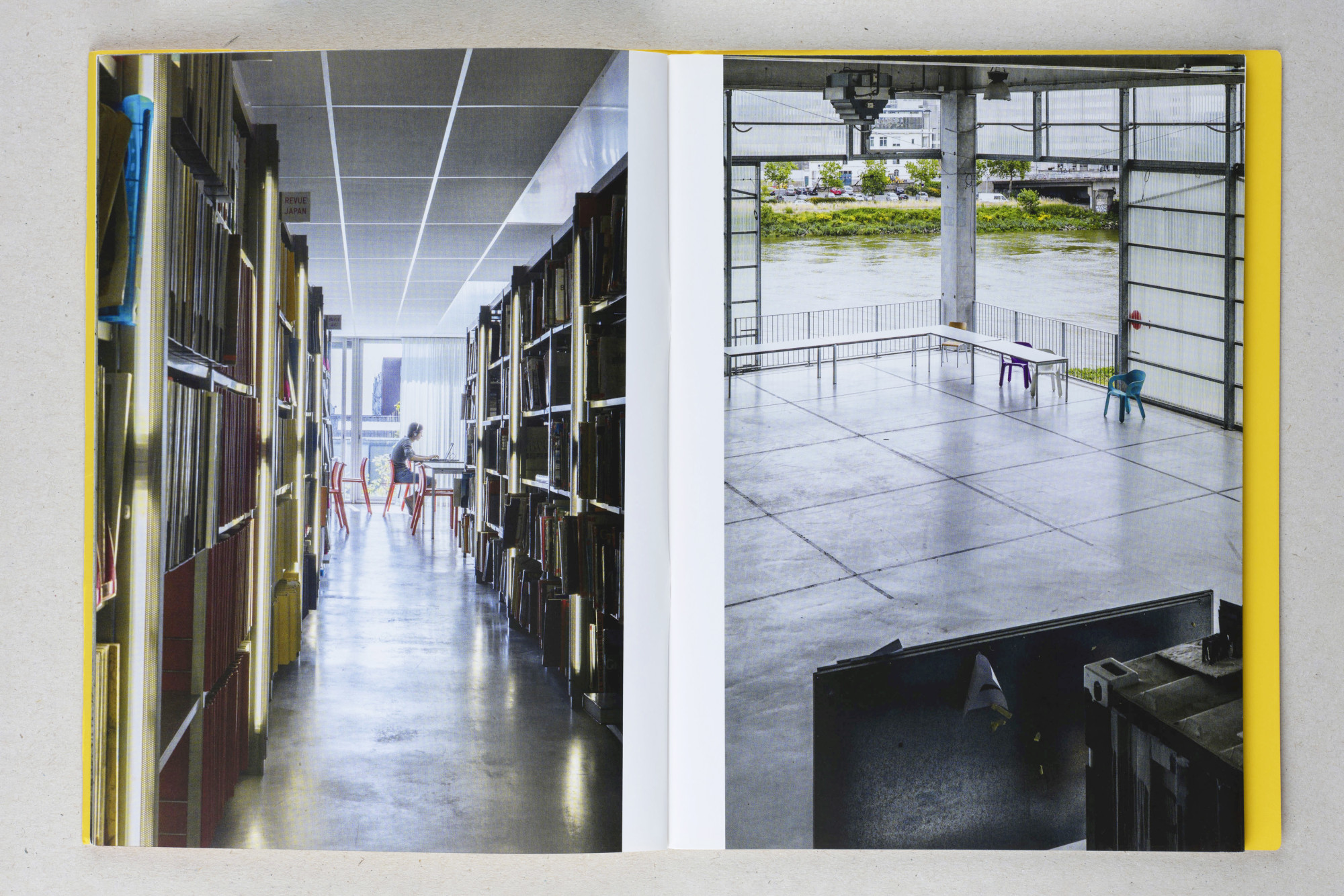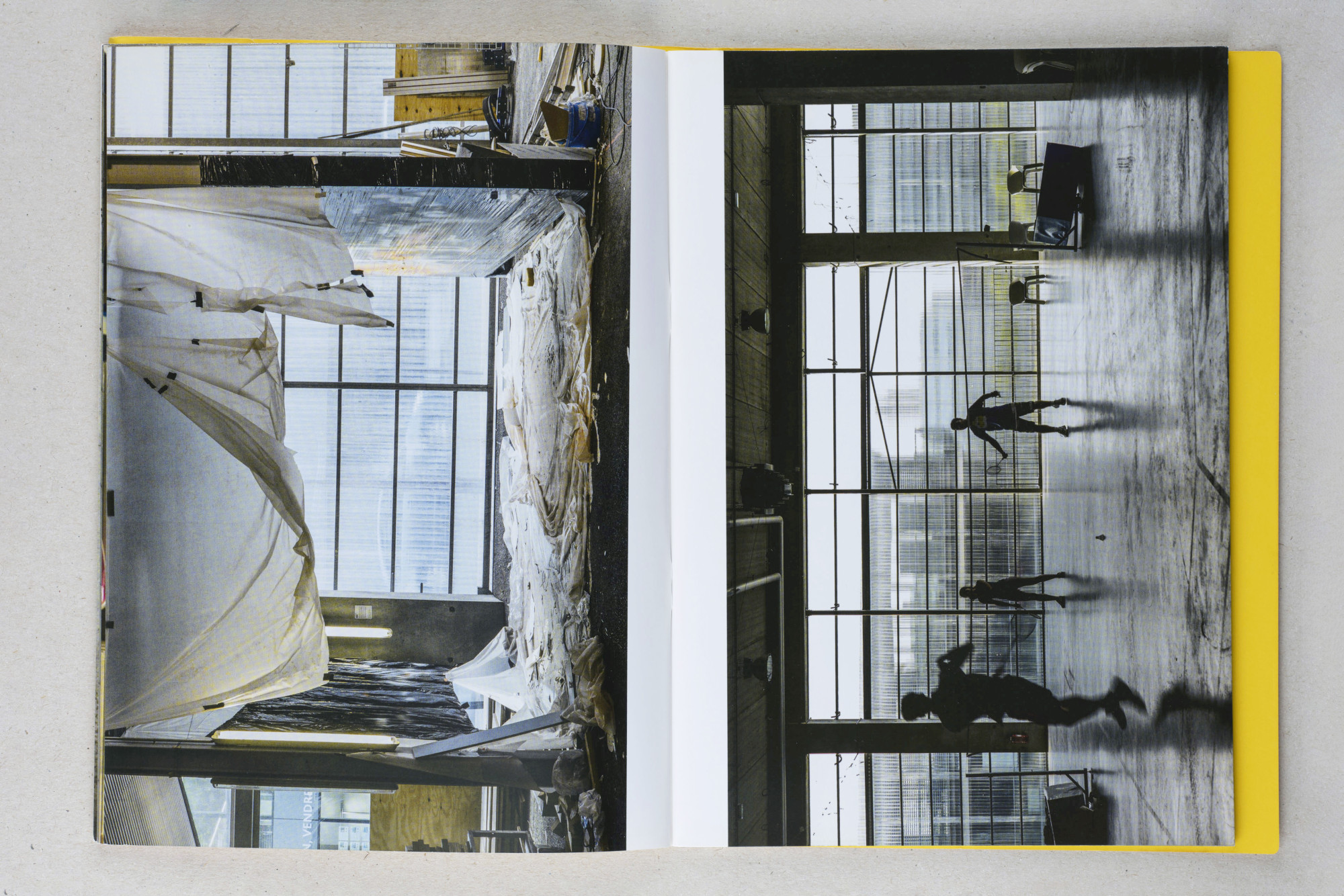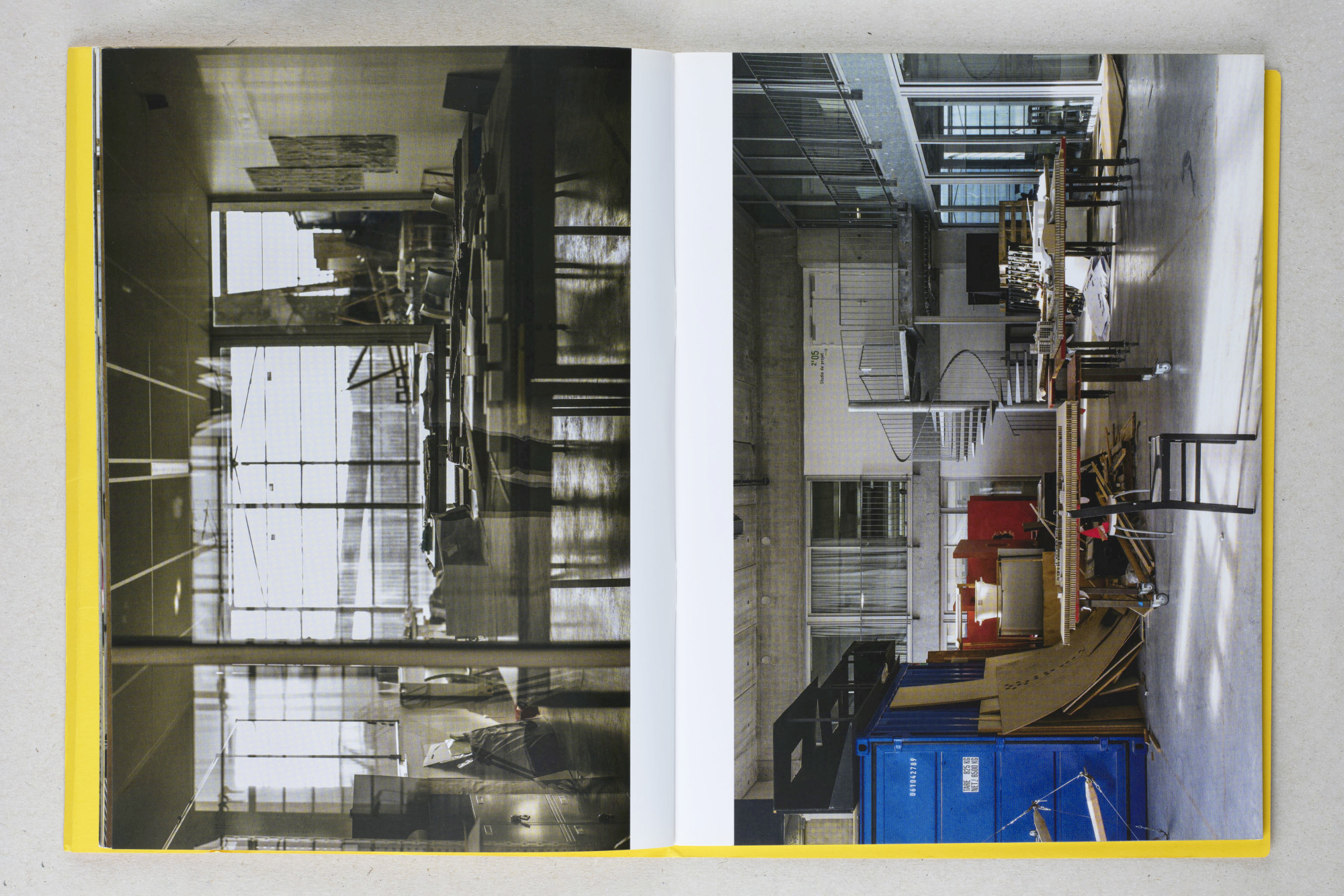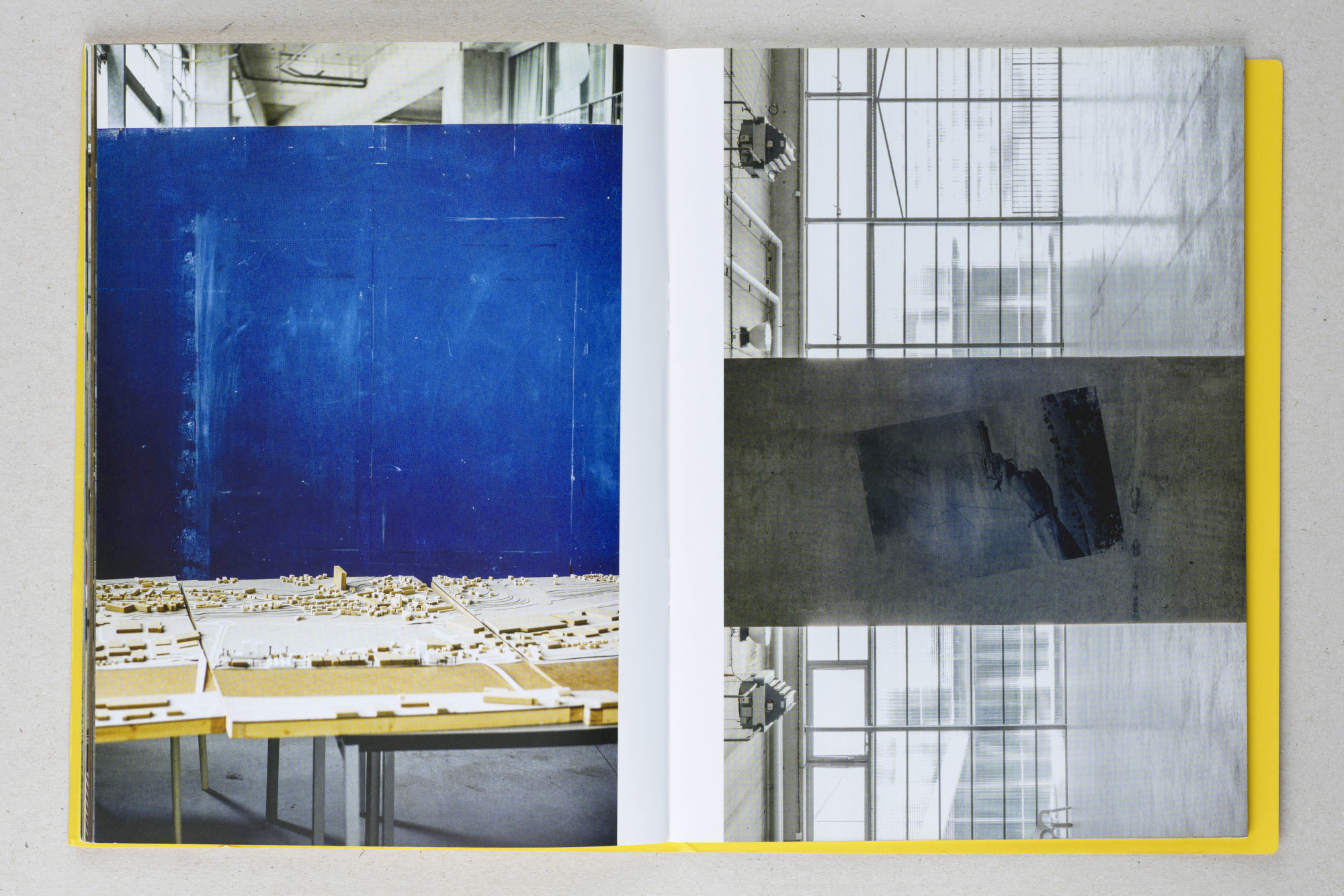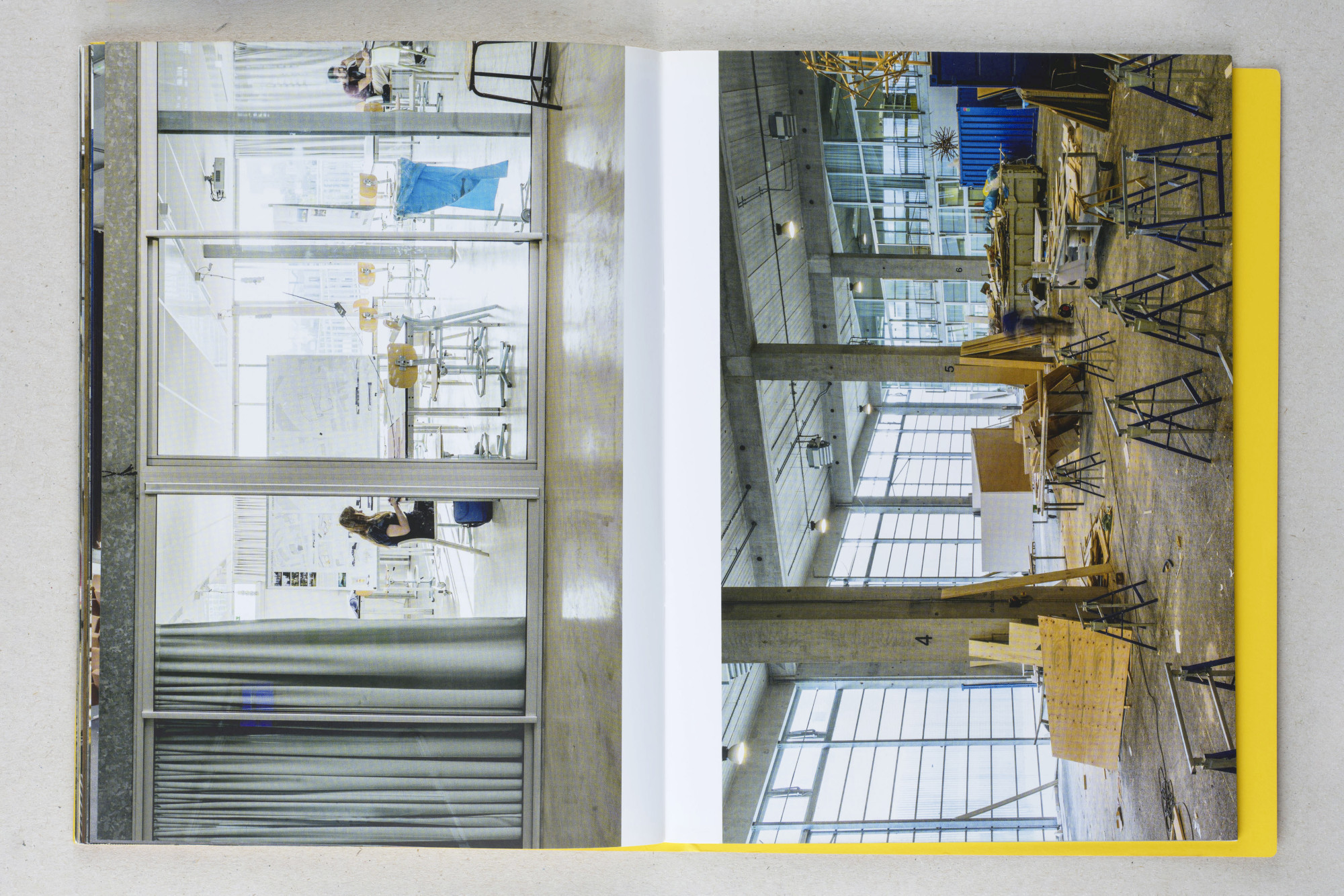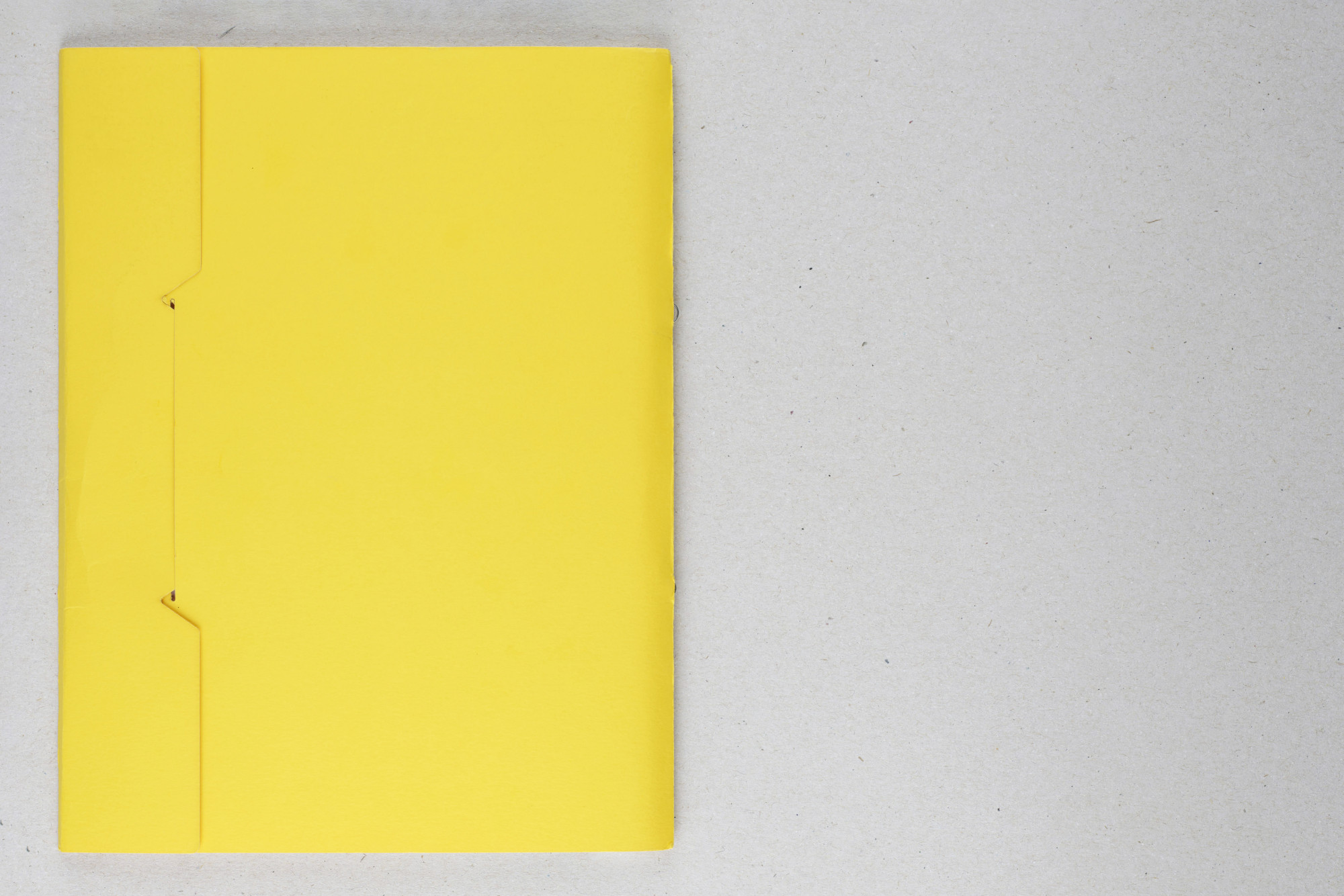2014 | 1st Edition
Lacaton & Vassal: Mode d'emploi
"Architecture is a very different thing from art. However, this distinct quality can be identified in some works by Anne Lacaton & Jean-Philippe Vassal. For instance, the House in Coutras (2000) can be defined as two juxtaposed greenhouses—one serving as an exterior covering for the essential domestic spaces, the other left open as a generous transitional space between interior and exterior. The House in Lège, Cap Ferret (1998), is a metal box raised on stilts and intersected by the trunks of tall pine trees that occupy the site. The headquarters of The Architecture Foundation in London (2004) is a building with four spacious floors, all intersected by the giant sculpture of a woman seated on the ground. The FRAC Nord-Pas de Calais in Dunkirk (2013) is an existing industrial hangar that gains a duplicate juxtaposed to it, in contrast to the original opaque and spacious structure, it is transparent and contains a series of overlapping flexible pathways and spaces on multiple floors. The Léon Aucoc Square (1996) is a square with the same configuration as it was found. It's a pure ready-made. Architecture is very different from art, but enunciability—the disinvestment in how things appear in favor of how things are—serves a similar purpose in both. The absence of visual entertainment redirects one's understanding of the work to a different place, one based on disillusion. Ultimately, the disappointment that works of this kind can elicit leads to questions like, "Is this art?" or "Is this architecture?" From there, the exercise of awareness can advance to the question, "What is art?" or "What is architecture?" Far from the formal variations around a recognizable model of art or architecture, these are works whose scope is speculation about the very boundaries of what can be considered "art" or "architecture." They are self-reflective works. What sets architecture apart is the fact that it has the limitation and opportunity to create works that support everyday life. Architecture is designed for things to happen within it, not for it to be the happening itself. This is its specificity as an artistic practice. This is why Anne Lacaton & Jean-Philippe Vassal, while appearing to recover the artistic essence that architecture was a century behind in, create works that are radically architectural—spaces open to those who inhabit them to invent their use. In art, conceptual practices have been exhausted. The devaluation of the object in favor of self-reflection—turning works back onto themselves—has run its course. Since a conceptual work of art is exclusively about itself as a "work of art," when it exhausts itself as its own theme, there is nothing left. This is not the case in architecture. Architectural objects are not self-sufficient. In architecture, the erasure of the object (that is, the devaluation of the object as such) does not lead to emptiness. The object is erased, but what remains is its capacity to fulfill a function. What remains is the essential: the fertile ability of that object to support everyday life. This is what we call "architecture." At least, in the works of Anne Lacaton & Jean-Philippe Vassal, that is what happens. The devaluation of the "conceptualist" object (an aesthetic program) and the valorization of use (an ethical program) are one and the same. It's architecture. José Capela
Title: Lacaton & Vassal: Mode d'emploi
Edition: 1ª
Number of pages: 64
Year: 2014
Country: Portugal
City: Oporto
ISBN/ISSN: 978-989-99010-4-9
Width (mm): 230
Height (mm): 170
Cover type: Soft Cover
Paper types: Creator Silk 135 g
Bind types: Staples Binding
Print types: Digital Offset
Content notes: The text "Arquitectura pela arquitectura," reproduced here, was written for the catalog of the exhibition "Lacaton et Vassal: mode d'emploi," by photographer Paulo Catrica. The exhibition featured a photographic exploration of two works by the French architect duo: the FRAC (Regional Fund for Contemporary Art Nord-Pas de Calais) in Dunkirk and the ENSA (National Higher School of Architecture) in Nantes. The exhibition was on display at CAAA - Center for Art and Architecture Affairs in Guimarães from October 31 to November 30 and was curated by Pedro Bandeira and Ivo Oliveira. The catalog was published by Pierrot le fou in December 2014. "Pierrot le fou" is a publishing company dedicated to photography, founded in 2012 by Dulcineia Neves dos Santos, Susana Lourenço Marques, Bruno Figueiredo, and Pedro Bandeira, with offices in Porto and Basel. Editor's Note

